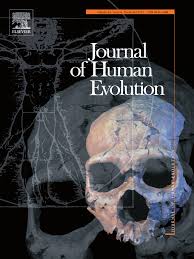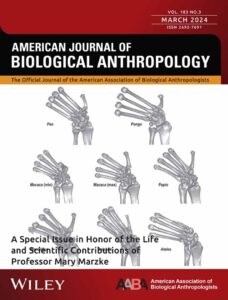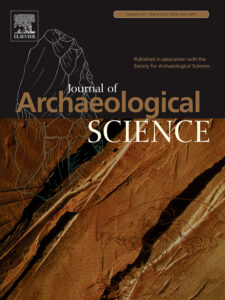
Our manuscript on the use of 3D printing in dental anthropology collections has been recently published in teh American Journal of Physical Anthropology, and it is now available online on the following link: https://onlinelibrary-wiley-com.ezproxy.lib.monash.edu.au/doi/abs/10.1002/ajpa.23640
We compared the accuracy of different 3D printers to establish whether Rapid Prototyping (RP) technology can be used effectively to reproduce anthropological dental collections, and potentially replacing access to oftentimes fragile and irreplaceable original material.

The quality of current commercial 3D printers has reached a good level of accuracy and detail reproduction. However, the costs and printing times limit its application to produce large sample numbers for use in most anthropological studies, Nonetheless, RP offers a viable option to preserve numerically constraint fragile skeletal and dental material in palaeoanthropological collections.




